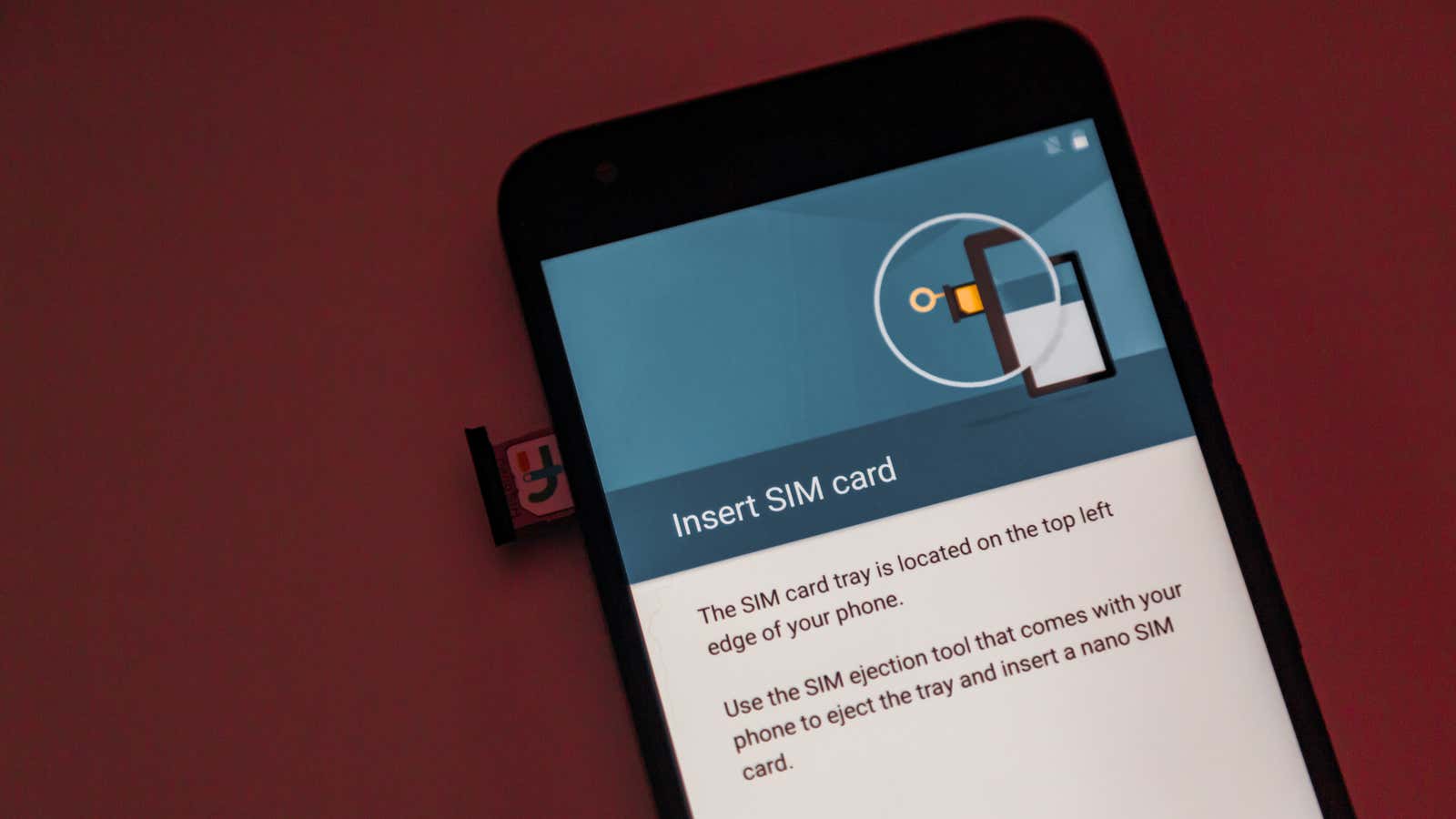Prevent SIM Swapping Hackers From Stealing Your Phone Number and the Rest of Your Identity

Do you know what could be worse than stealing your password? Stealing your phone number. SIM swapping, a form of identity theft, allows fraudsters to gain access to your phone number and all personal accounts protected with it.
The attacker calls the phone provider pretending to be a customer and asks to transfer the number they are trying to steal to a new SIM card, possibly from a new provider. Using your phone number, an attacker can gain access to any personal information protected by your phone, including any platforms that send two-factor authentication codes via SMS. Since these “cyberattacks” involve using the good old cons over the phone, the usual digital security measures we recommend won’t save you.
However, this does not mean that you are powerless. All four major phone service providers – AT&T, Verizon, T-Mobile, and Sprint – offer some additional protection against SIM swapping if you ask for it. First, all four companies allow (or require) users to set a PIN to make significant account-level changes, including transferring your number to a new SIM card. For Sprint and AT&T, setting an account-level PIN is optional. T-Mobile requires customers to set a PIN before accessing certain features, such as calling support, although you must still go online and set a PIN first. Verizon requires everyone to enter a PIN and will prompt you to set it the first time you access your online account.
If you have not set a PIN, you should log into your online account, go to security settings and look for an option to add or update a PIN. Here are links to each company’s step-by-step instructions on how to set up and / or change your PIN.
Some providers offer stricter security measures upon request. According to Motherboard , T-Mobile has a security option called “NOPORT,” which requires porting your number to a new SIM or provider to require photo ID verification, which must be done in person at the store. This eliminates phone and chat gimmicks. According to the same report, Sprint also has a high security designation called “Security Plus”, which must also be requested through customer support.
Interestingly, these high security options don’t seem to be common knowledge, and as Motherboard points out, service providers aren’t particularly keen on discussing them. The best thing you can do is call customer service and ask about security measures for your account. With T-Mobile and Sprint, you can choose the services mentioned above; with other providers, you may have to ask a broader question.
As always, when you speak to a service provider’s support team, you may have to get back on your feet (or at least increase your anxiety) to get what you want. If you have a specific reason why you are asking for increased security – rather than that you need it to access these services – be prepared to raise it.